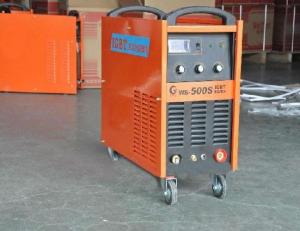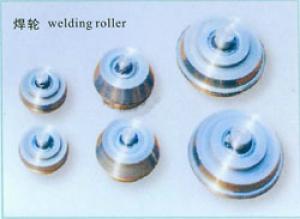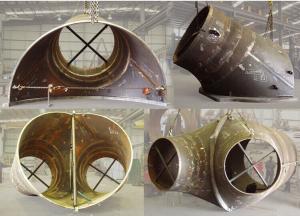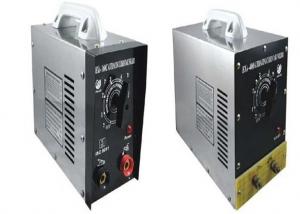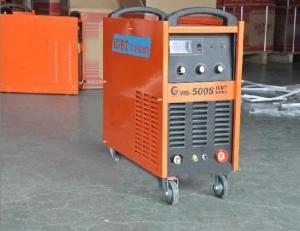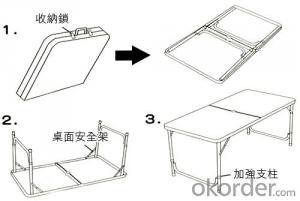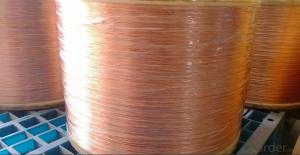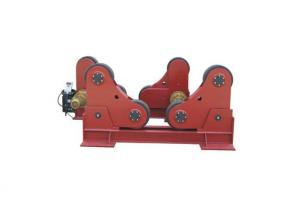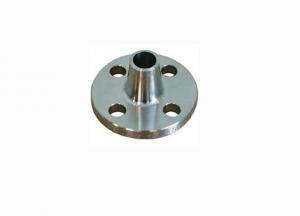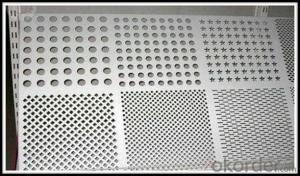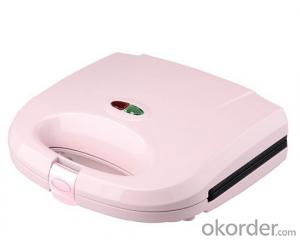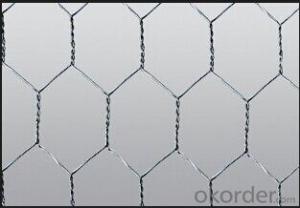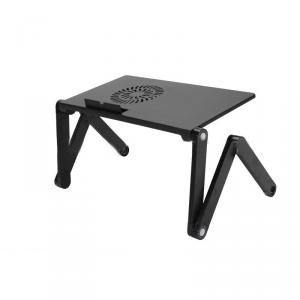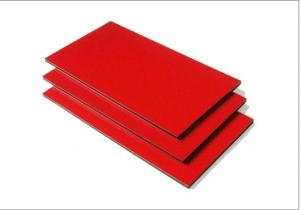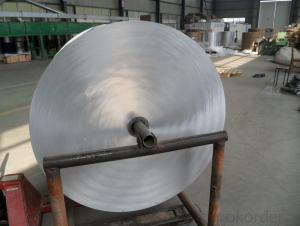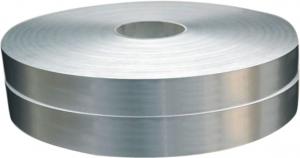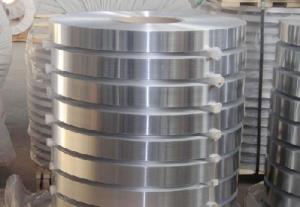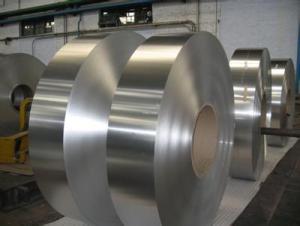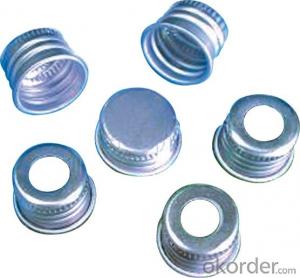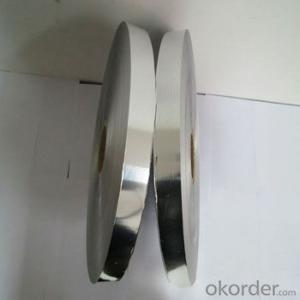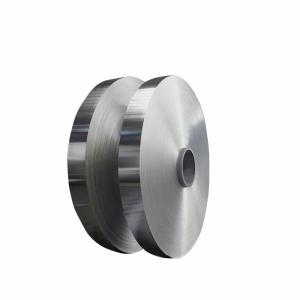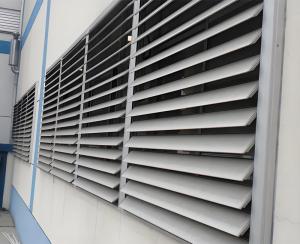Welding Aluminum Plate
Welding Aluminum Plate Related Searches
Welding Thick Aluminum Plate Welding Aluminum Diamond Plate Bending Aluminum Plate Bending Plate Aluminum Aluminum Mending Plate Drilling Aluminum Plate Forming Aluminum Plate Aluminum Wall Plate Aluminum Metal Plate Hardened Aluminum Plate Aluminum Tooling Plate Aluminum Mold Plate Aluminum Mounting Plate White Aluminum Plate Polished Aluminum Plate Tapping Aluminum Plate Bending Diamond Plate Aluminum Painting Aluminum Plate Aluminum Spinning Plate Aluminum Tool Plate Laser Cutting Aluminum Plate Aluminum Cooking Plate Aluminum Heater Plate Aluminum Surface Plate Welding Aluminum Foil Aluminum Cooling Plate Machined Aluminum Plate Aluminum Flat Plate Aluminum Grill Plate Bending Aluminum Diamond PlateWelding Aluminum Plate Supplier & Manufacturer from China
Welding Aluminum Plate is a specialized material used in various industries for joining aluminum components together. This product is known for its high strength and excellent corrosion resistance, making it a popular choice for applications where lightweight and durable connections are required. Welding Aluminum Plate is commonly used in the aerospace, automotive, and construction sectors, among others, where its properties provide significant advantages over traditional materials. The versatility of Welding Aluminum Plate allows it to be employed in a wide range of applications, from structural components to intricate mechanical parts.Okorder.com is a leading wholesale supplier of Welding Aluminum Plate, offering a comprehensive selection to cater to the diverse needs of customers. With a large inventory that includes various grades and thicknesses of Welding Aluminum Plate, Okorder.com ensures that clients can find the exact product they need for their specific project. The company's commitment to quality and customer satisfaction has made it a trusted source for Welding Aluminum Plate and other metal products in the industry.
Hot Products

